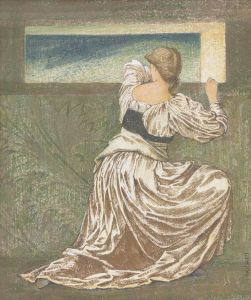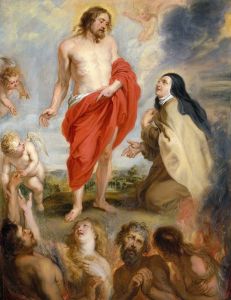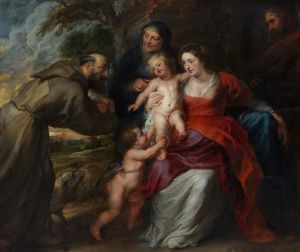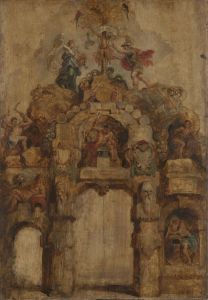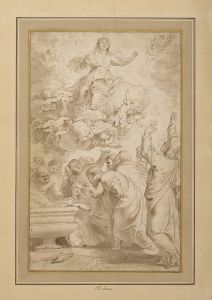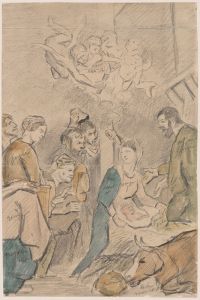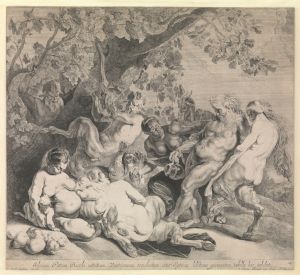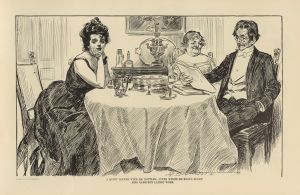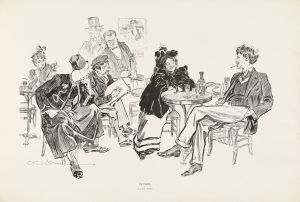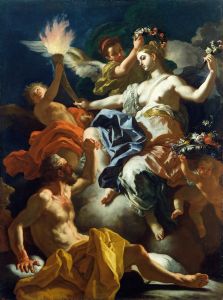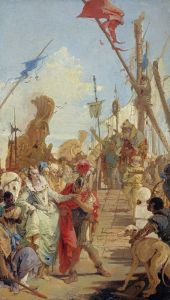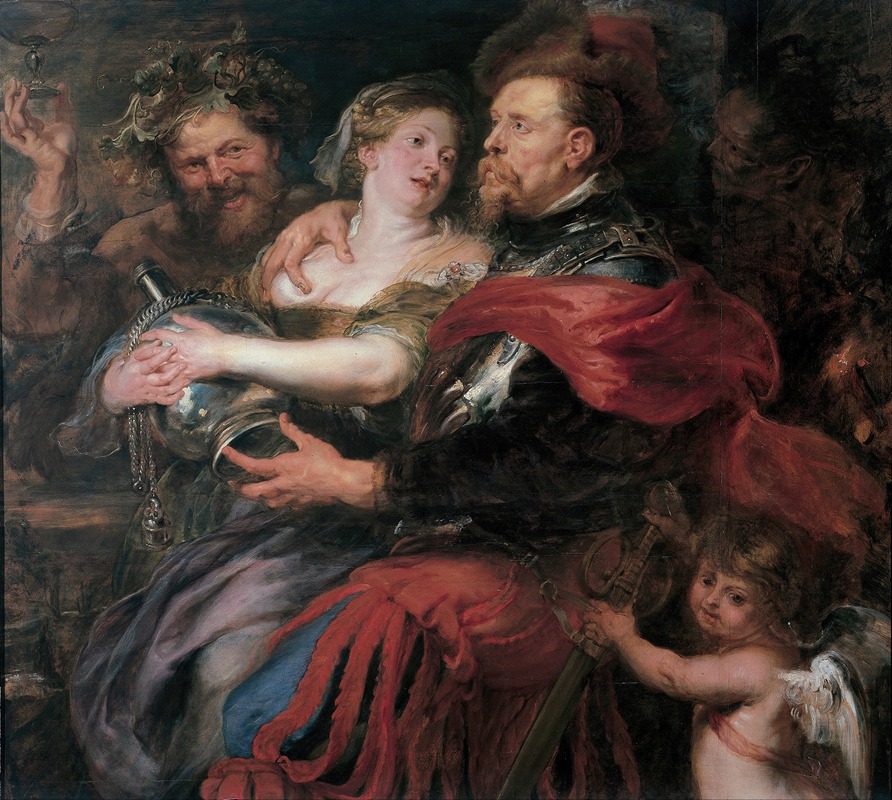
Venus and Mars
A hand-painted replica of Peter Paul Rubens’s masterpiece Venus and Mars, meticulously crafted by professional artists to capture the true essence of the original. Each piece is created with museum-quality canvas and rare mineral pigments, carefully painted by experienced artists with delicate brushstrokes and rich, layered colors to perfectly recreate the texture of the original artwork. Unlike machine-printed reproductions, this hand-painted version brings the painting to life, infused with the artist’s emotions and skill in every stroke. Whether for personal collection or home decoration, it instantly elevates the artistic atmosphere of any space.
"Venus and Mars" is a painting by the renowned Flemish Baroque artist Peter Paul Rubens, who lived from 1577 to 1640. Rubens is celebrated for his dynamic compositions, vibrant color palette, and his ability to convey movement and emotion through his art. This particular painting, "Venus and Mars," is one of several works by Rubens that explore mythological themes, a common subject in his oeuvre.
The painting depicts Venus, the Roman goddess of love, and Mars, the god of war, in a moment of intimate interaction. Rubens was known for his ability to portray the human form with a sense of vitality and sensuality, and this work is no exception. Venus is often shown as the epitome of beauty and grace, while Mars is depicted as strong and virile, embodying the contrasting yet complementary nature of love and war.
Rubens' "Venus and Mars" is notable for its rich use of color and texture, which are hallmarks of his style. The artist's mastery of chiaroscuro, the use of strong contrasts between light and dark, adds depth and drama to the scene. The figures are rendered with a sense of realism and vitality, characteristic of Rubens' approach to mythological subjects.
The composition of the painting is carefully balanced, with Venus and Mars positioned in a way that highlights their connection. Rubens often infused his mythological works with a sense of narrative, inviting viewers to engage with the story being told. In this painting, the interaction between the two deities may symbolize the interplay between love and conflict, a theme that has resonated throughout art and literature for centuries.
Rubens' work was heavily influenced by his travels and studies in Italy, where he was exposed to the works of Renaissance masters such as Titian and Michelangelo. This influence is evident in his treatment of the human form and his use of classical themes. "Venus and Mars" reflects Rubens' ability to blend these influences with his own unique style, creating a work that is both timeless and distinctly his own.
The painting is also a testament to Rubens' skill as a storyteller. Through his use of composition, color, and form, he is able to convey complex emotions and relationships, drawing the viewer into the world of the painting. This ability to capture the essence of his subjects is one of the reasons Rubens is considered one of the greatest painters of the Baroque period.
While specific details about the commission or provenance of "Venus and Mars" may not be well-documented, the painting remains an important example of Rubens' work in the mythological genre. It exemplifies his ability to bring classical themes to life with a sense of immediacy and emotion that continues to captivate audiences today.
Rubens' "Venus and Mars" is housed in various collections, and like many of his works, it has been studied and admired for its artistic merit and historical significance. The painting serves as a reminder of the enduring power of mythological subjects in art and the skill of an artist who was able to bring them to life with such vibrancy and passion.





